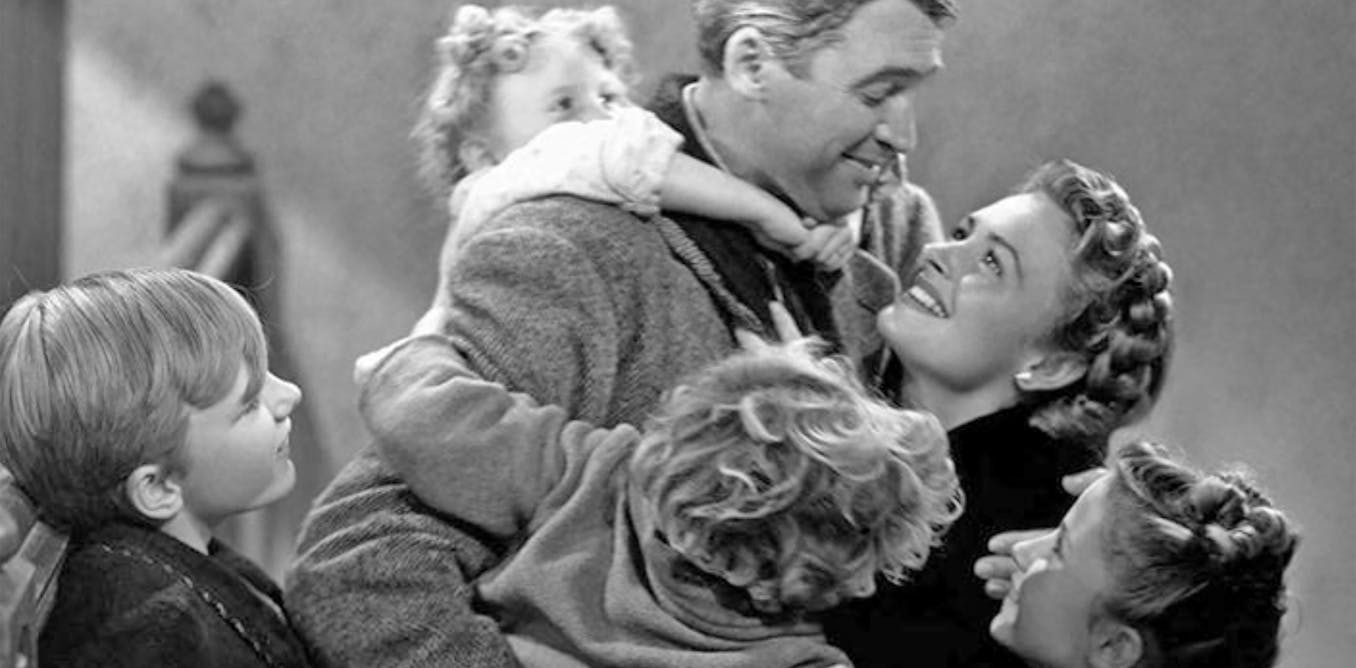Editor’s Note: This story originally appeared in On Balance, the ARTnews newsletter about the art market and beyond. Sign up here to receive it every Wednesday.
Usually when you hear about Soho House during Art Basel Miami Beach, it’s because the private members’ club has thrown another swanky party at its Miami Beach location. But last month the spotlight instead fell on the club’s vast art collection. On December 5, Artnet News published a rosy interview with Soho House’s chief art director, Katie Bryan, about how she is populating the company’s 45 international clubs with artists by trading memberships for art. A week later, Artsy published a glossy look at the long history of Soho House’s art collection via a poolside talk with Bryan and others during Art Basel.
Such glowing press might be unremarkable if it didn’t come at a pivotal moment for Soho House, which first opened in 1995. On December 19 the club announced that it had received a buyout offer valuing it at $1.75 billion. The news came nearly four years after the company went public, and nearly a year after Wall Street research firm Glass House released a scathing report likening Soho House to WeWork, saying the former has a “broken business model” and “terrible accounting.” (Soho House disputed the findings, claiming they contained “factual inaccuracies, analytical errors, and false and misleading statements.”) Last May, Fortune reported that investors have put increasing pressure on CEO Andrew Carnie to get the company to turn a profit. The December announcement of the buyout offer sent the stock price skyrocketing by over 50 percent. However, the company’s market cap is still far down from its IPO valuation of $2.8 billion.
Is the focus on the art collection a distraction from the financials—a signal to the market about a valuable asset the club could eventually sell? Or is it an effort to burnish the club’s reputation as a place for top creatives rather than mid-level bankers, aspiring startup founders, and the laptop class?
There’s a good chance it might be the latter. When Soho House went public in 2021, it faced a seemingly unresolvable contradiction: Wall Street’s inherent demand was for it to exponentially grow a membership whose value is predicated on exclusivity and cultural cachet. Between 2021 and 2024, the club grew from 30 locations and 119,000 members to over 50 locations (that figure includes dedicated co-working spaces, hotels, and beach clubs) and nearly 270,000 members. During that three-year period, members have complained of overcrowding and bad service, according to the Wall Street Journal. Some have also grumbled about the clubs becoming synonymous with fratty “hustle bros,” the seeming antithesis of the cool, creative clientele that formed the company’s reputation in the late ’90s and early 2000s. Last February, an article in the New York Post about the club’s dire financials quoted an unnamed “New Yorker in the fashion industry” saying “Vibe is off. Mostly crowded and the scene feels oddly the opposite of creative.”
This isn’t the first time the club has faced a “cool” crisis: in 2010, the company declined to renew the membership of hundreds at its New York Meatpacking District branch in an effort to “get Soho House back to its creative roots,” per then CEO Nick Jones. (A year before that, it designated the club as a suit-and-tie free zone.) This time around, that strategy appears to be slowing down the rapid expansion. This past December, Bloomberg’s Chris Bryant wrote that the newest branch, Soho Mews House in London, “feels like a riposte to those who say the chain has lost its luster and is full of Gen-Z posers—membership is by ‘invitation only’ and laptops are banned.” The company, Bryant wrote, was shifting from opening 10 new venues a year to three and focusing on the quality of its members over quantity.
All of this may put the PR push about the collection into context: what better way to foreground the creativity of the membership than to advertise the fact that artists (actual creatives!) have been bartering artworks for membership? The collection, started in 2009, has grown to a staggering 10,000 pieces and includes works by mega-stars like Damien Hirst, Rashid Johnson, and Lynette Yiadom-Boakye, whose auction records range from $3 million to $14.8 million, and countless emerging and mid-career artists.
Almost all of the works, which are displayed across the club’s various locations, were acquired through the barter program. The system is a shrewd, effective way of splicing artists into the club’s membership. But how does it work exactly?
“If an artist tells me that one of their works is worth £6,000 [$7,340], I’ll say ‘great.’ If they are over 27 years old, Soho House’s annual global membership rate is £3,450 [around $4,220] and the remaining £2,550 [around $3,120] would be given to them as credit. It really is as simple as that,” Bryan told ARTnews.
Soho House’s art collection seems like a rare win-win—the club gains desperately needed cool and creative members to offset its increasingly corporate brand. In exchange, artists get access to a service that would otherwise likely be outside their price range. This, in some part, is the oxymoronic democratization of an exclusive members’ club.
“Some artists join the collection early in their careers and later become museum-level names,” Bryan told Artnet. “My job can feel surreal—sometimes I’ll get a text from an important artist saying, ‘I’m about to have a show at the Guggenheim; do you want to visit my studio?’ Really, they’re saying, ‘I’d love some more credit to stay with you.’ Soho House has become a key part of their infrastructure.”
But, when you think a bit deeper about the company’s dire finances and the as-yet-to-be-revealed third party offering to purchase Soho House, it gets stickier. The company has reported that it is over half a billion dollars in debt; its stock price has long been floundering; and, as revealed by Fortune, investors want to see pay dirt. It doesn’t take a crystal ball to foresee a world where a private equity firm purchases the company and starts salivating at monetizing some, ahem, unrealized assets.
Soho House is, of course, quick to shut down any discourse lingering on the monetary value of the art collection, except to confirm that it is regularly appraised by Bonhams for insurance purposes.
“Quite frankly, I think it would be somewhat tacky to tell you how much it’s worth, because we don’t prioritize financial value,” Bryan said. “I would hate for the artists to think that we would put a value on it. It just doesn’t work that way. We love having artists in our houses and their work on the walls to reflect the creative community.”
Even so, Bryan wasn’t shy in telling Artnet that a work she bought for the company by Hilary Pecis from one of the painter’s first shows may have exploded in value. Bryan said: “I remember seeing this newspaper article being like, ‘Hilary Pecis, young L.A. painter, sells for $350,000.’ This was two years later, and it was from the exhibition that I bought from.” (Pecis’s current auction record, achieved at Christie’s last November, stands at $1.2 million.)
Soho House may not like it, but here’s some back-of-the-napkin math on the collection. Given that a yearly membership is £3,450 [around $4,220], we might assume that the total value of the 10,000-work collection is roughly, at minimum, £34.5 million, or about $42.2 million (Bryan told Artnet that “99 percent” of the collection is bartered.). However, when ARTnews pressed Soho House on where the collection appears on the company’s SEC filings (since the collection constitutes an asset), a spokesperson pointed to the “Fixtures and fittings” line item. On its 2023 annual report, that category, which also includes appliances, furniture, and other decoration at Soho House’s worldwide locations, was a shade over $355 million, providing, at least, an upper limit to the collection’s material value. For comparison, the ritzy casino-hotel franchise Wynn Resorts, founded by ARTnews Top 200 collectors Steve Wynn and Elaine Wynn, has a “Fixtures and fittings” value of $3.3 billion across its four casino-resorts and two luxury towers. Its locations are full of high-priced art, including pieces by Andy Warhol and Jeff Koons. Marriott, a hotel chain with over 9,000 locations, has a more modest “Fixtures and fittings” total for its size, of $622 million.
Soho House refuses to be drawn into a discussion on the financial value of its art, but a collection possibly worth somewhere between $42 million and $355 million is a golden asset for a business that’s perennially in the red. If the company’s precarious financial standing meant it was forced to liquidate its assets, the creditors would waste no time sending that material to an auction house. After all, the global financial crisis saw investment bank Lehman Brothers and now defunct camera-maker Polaroid sell major collections to pay baying creditors in 2010. And more recently, at the end of last year, Japan’s severely indebted DIC Corporation announced it will be selling a chunk of its prized collection housed in the Kawamura Memorial DIC Museum of Art.
If Soho House should suffer the same fate, the auction house that won the tender would distill the collection. One Sotheby’s specialist told me that when they sell large collections, 80 percent of the value is typically generated from 20 percent of the volume.
When asked directly about the possibility that the club could sell its collection in whole or part at some point in the future, a Soho House spokesperson wrote over email to ARTnews, “The collection is over 16 years old and nothing has ever been sold. The acquisitions, which number over 10,000 pieces, have been made for permanent display to support artists and for the members to enjoy with no commercial motivation.”
Never say never.

The post “Why Was Soho House Talking Up Its Art Collection on the Eve of Announcing a Buyout Offer?” by George Nelson was published on 01/22/2025 by www.artnews.com





































Leave a Reply